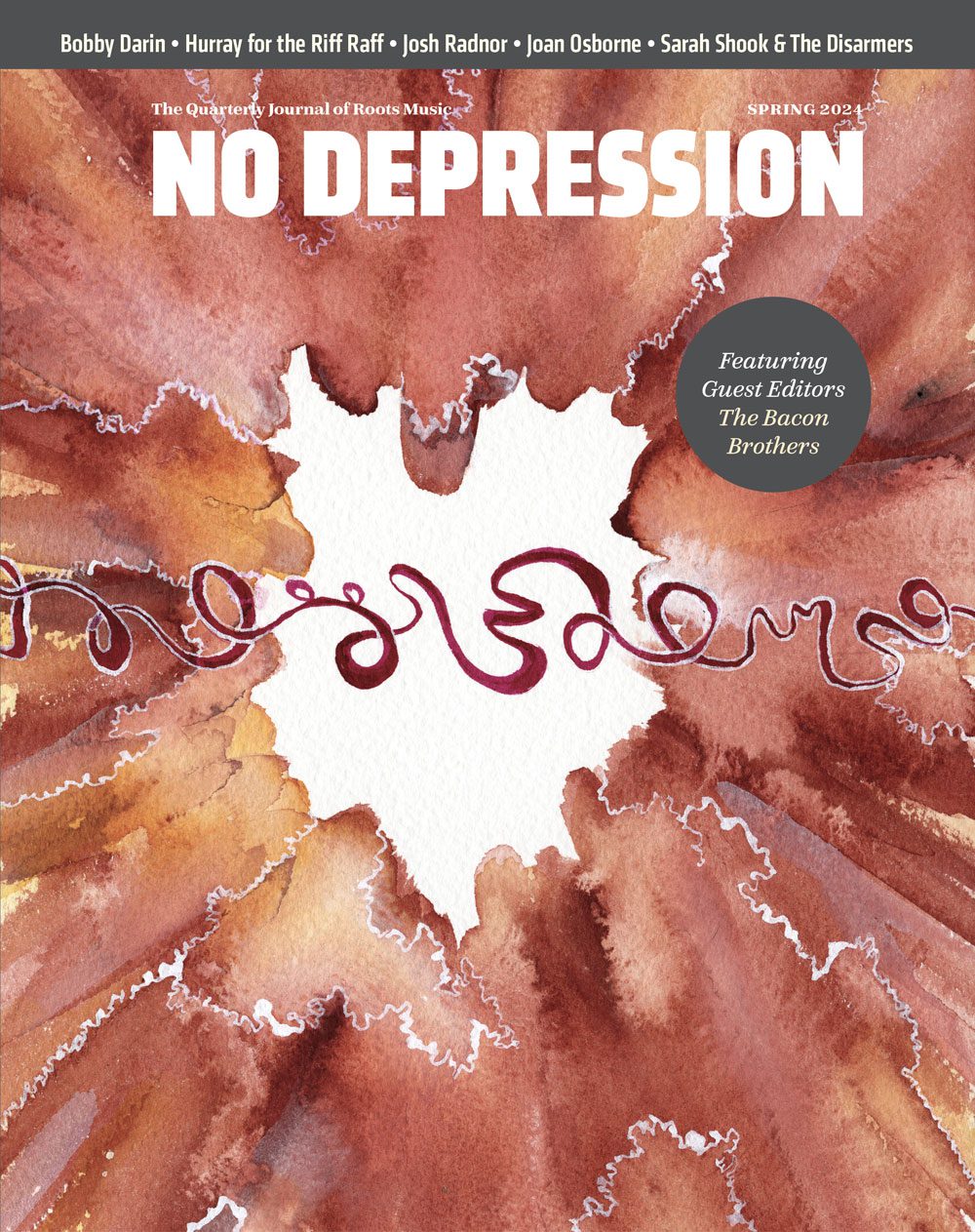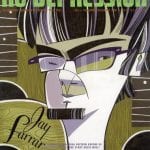Reborn on the bayou
Festivals Acadiens in Lafayette, Louisiana, is held annually over the third weekend in September. After the events of the 11th, organizers consulted with local police and clergy, then declared their intention to proceed with this year’s festival. Their press release included this quote: “Evil does not have the last word.”
That was good to hear. It resonated with resolve, with a dedication to focus on the indisputable truth that life goes on; that the acts of creation — not just music, but art and dance and cooking and crafts — which are essential to Cajun life and culture are a strong rejoinder to the forces of darkness and chaos.
Pitching my resolve to that tone, I recast my canceled air trip as an overland one. Less time on the ground in Acadia, but the open road clears the buzz of NPR and TV news out of the brain like nothing else I know. And the scenic routes I favor always make me philosophical; small-scale wonders express themselves in a thousand ways. God is in the details.
About halfway down Highway 61 (on a morning that began at THE crossroads, where I met not the devil but a donut vendor), my rolling radio dial brings in PSAs in French, then a huffing accordion and a triangle’s ting-a-ling; sure enough, it’s a live broadcast from the festival on Lafayette station KVRS. The signal comes across in fits and spurts, battling Christian rock for bandwidth, but after I cross the Yazoo River it stays constant, like a homing device. Hearing it over the radio isn’t the same as being there, of course, but it’s a start; what the locals call their beloved “chanky-chank” begins to work its charms.
Cajun music has the depth and resonance of old-world forms and melodies made lively with breath and pulse. There is physicality in its accordion squeeze and fiddle saw, humor and heartbreak and wisdom in its generations-old songs; the impossibly enigmatic Cajun patois only enhances its mystery. It is social music; its waltzes and two-steps and reels are meant for dancing, for the measured flow of bodies twirling around the floor or across the dusty ground. (When you see microscopic films of blood cells flowing through capillaries in ones and twos, they’re moving in waltz time.) It is vital stuff.
But as badly as I want to be there in Lafayette, I’ve got other business first. A right turn at Natchez puts me on the road to Ferriday, Louisiana, the birthplace of Jerry Lee Lewis (plus sister Linda Gail, and cousins Mickey Gilley and Jimmy Swaggart). His boyhood home is now a museum, the only one I’ve ever visited where you gain access at the neighboring drive-thru liquor store. It is also a living museum: Jerry Lee’s younger sister Frankie Jean lives in it. She bears a striking facial resemblance to her brother, even more so to their mother (cf. a 1959 photo).
She doesn’t conduct visitors through so much as simply give them access: “Make yourself at home, look around as much as you want….” It requires much looking, as there’s hardly a square inch of wall, shelf, or any surface that doesn’t hold some bit of arcana: awards and gold records, newspaper clippings, family photos, tchotckes. And hundreds of signed photos with strange connections to The Killer: a schoolhouse door-era George Wallace, Elvis impersonators, Eminem.
This stuff isn’t in glass cases or behind ropes; you’re standing there in the Lewis family’s kitchen. Then in Jerry Lee’s bedroom, where he sleeps when he’s in town. Then in Linda Gail’s bedroom, full of mementos of her career. (But not in the bathroom; its ample stock of memorabilia is secure behind a screen door.) Quantitatively, it’s staggering; qualitatively it beats anything I’ve seen for unvarnished truth and frequent humility — quite possibly the last thing you’d expect, considering its subject. Graceland can’t touch it.
Frankie Jean tells me a story behind anything she notices me observing. Those famous photos of newlyweds Jerry Lee and Myra Gale on their ill-fated London trip? The other young woman in many of them, wearing the polka dot dress, is Frankie Jean. (“I asked her and asked her would she please stand up straight.”) She wants to know where I’m headed. “Lafayette? You’ve got to go over to Eunice, for the Cajun Grand Ole Opry. Tell them Frankie Jean says hello.” Well, it wasn’t in the plan — so I guess should.
Once more through the Pik Quick for a peach soda and a package of pickled pigs lips (one for consumption, one for show & tell), and it’s back on the road.
In Eunice is the Liberty Theatre, which hosts the weekly live radio broadcast of “Rendez Vous des Cajuns.” This restored vaudeville-era movie house is a charming throwback, as is the program — snappy Cajun dance music from Donny Broussard & the Louisiana Stars is broken up by a live announcer and monologists (folkloric and family-oriented, befitting the program’s 68 p.m. time slot).
A painted backdrop replaces the Opry’s familiar red barns with a porchfront scene, a twilight bayou overhung with cypress and Spanish moss. The dance floor down front is filled with older couples, all gently revolving like soft, clean planets in a slowly whirling galaxy that reveals itself every Saturday night.




